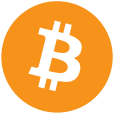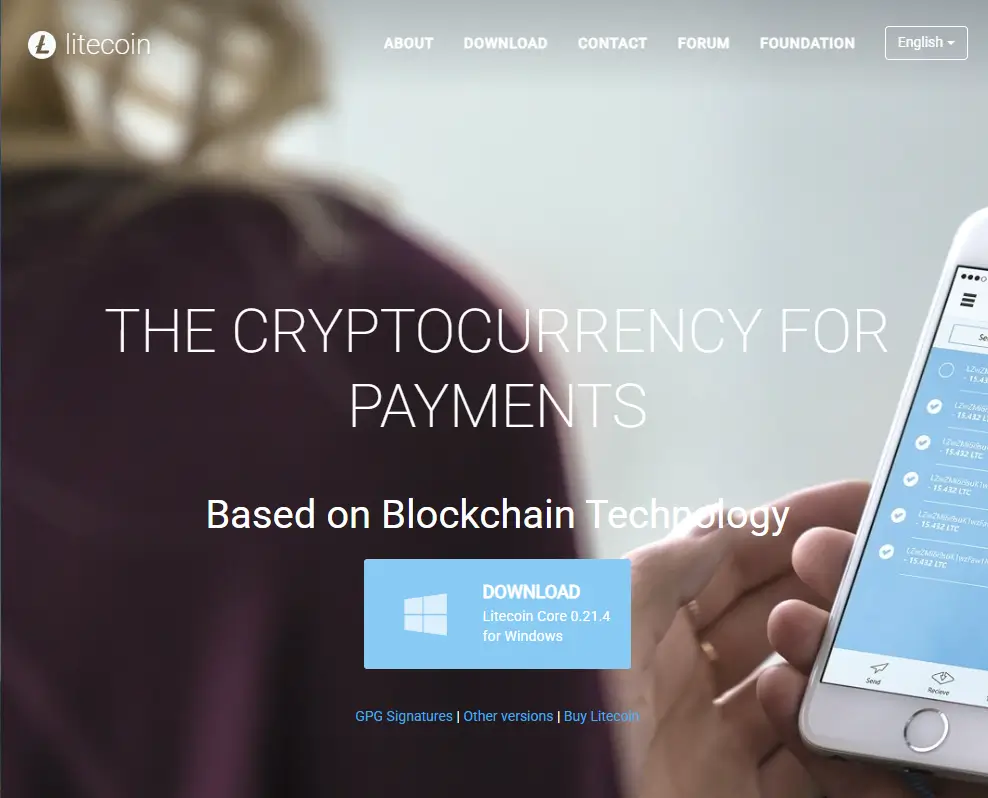
Litecoin (LTC): The Digital Silver
Litecoin is a peer-to-peer cryptocurrency, often referred to as “the silver to Bitcoin’s gold.” Created in 2011 by former Google engineer Charlie Lee, it was designed to be a lighter, faster, and more scalable version of Bitcoin for everyday transactions.
1. Key Features & How It Differs from Bitcoin
Litecoin is based on Bitcoin’s open-source code but with several key technical modifications aimed at improvement.
| Feature | Bitcoin (BTC) | Litecoin (LTC) | Implication for Litecoin |
|---|---|---|---|
| Hashing Algorithm | SHA-256 | Scrypt | Initially designed to allow CPU/GPU mining and resist ASICs (though Scrypt-specific ASICs now exist). It created a separate mining ecosystem. |
| Block Time | ~10 minutes | ~2.5 minutes | A core advantage. Faster block times mean quicker transaction confirmations, making it more suitable for daily commerce. |
| Total Supply | 21 million | 84 million | The supply is four times that of Bitcoin, resulting in a lower individual coin price, which can feel more accessible. |
| Block Reward | Halves approximately every 4 years | Halves approximately every 4 years | Follows the same halving mechanism as Bitcoin to control inflation. The next Litecoin halving is projected for August 2027. |
2. Advantages of Litecoin
-
Speed and Low Cost: This is Litecoin’s fundamental advantage. With faster block times and a robust network, transactions are confirmed much more quickly than Bitcoin, and fees are consistently very low.
-
High Liquidity and Adoption: As one of the oldest cryptocurrencies, Litecoin is listed on all major exchanges and is accepted by a wide range of merchants and payment processors.
-
Strong Network Effect: It has a large, established community of users and miners, and it consistently ranks among the top cryptocurrencies by market capitalization.
-
Proactive Development: The Litecoin development team has consistently implemented technological upgrades. It was one of the first major cryptocurrencies to adopt Segregated Witness (SegWit) and has enabled the Lightning Network, enhancing its scalability and privacy.
-
The “Digital Silver” Narrative: This positioning gives Litecoin a clear and enduring role in the crypto ecosystem as a complementary asset to Bitcoin’s store-of-value function.
3. Challenges and Criticisms
-
Innovation Pressure: With the rise of “third-generation” blockchains (like Solana, Avalanche) offering higher throughput and advanced smart contracts, Litecoin’s simpler technology can be seen as less innovative.
-
Intense Competition in Payments: It faces competition from other payment-focused cryptocurrencies (e.g., Bitcoin Cash), and more recently, from stablecoins (USDT, USDC) which offer price stability for transactions.
-
Founder’s Sale Controversy: Charlie Lee sold all his Litecoin holdings at the peak of the 2017 bull market. While he stated it was to avoid a conflict of interest, it led to criticism and questions about his long-term confidence in the project.
4. Primary Use Cases
-
Digital Payments: Its primary use is for fast, low-cost, cross-border payments and merchant transactions.
-
“Test Network” for Transfers: Traders often use Litecoin to move funds between exchanges due to its low fees and fast confirmation times, making it a practical tool for arbitrage and testing transfer routes.
-
Complementary Store of Value: Within the “digital silver” narrative, some investors hold it as a diversifier within their crypto portfolio.
Conclusion
Litecoin is not a highly experimental project but a time-tested, reliable, and efficient payment network. It may not have the most cutting-edge features, but its proven security, speed, and low transaction costs ensure it remains a relevant and widely used “utility” coin in the cryptocurrency landscape. Its future is deeply intertwined with the overall health and adoption of the crypto market, particularly as a trusted and efficient medium of exchange.
data statistics
Relevant Navigation

PEPE

TON
A decentralized and open internet designed to onboard 500M people on-chain, built by the community using technology developed by Telegram.

BTC
Bitcoin is an innovative payment network and a new kind of money. Find all you need to know and get started with Bitcoin on bitcoin.org.

DOGE
Dogecoin - An open-source peer-to-peer digital currency

BNB
Binance Coin (BNB) is the native cryptocurrency of the Binance ecosystem, one of the largest cryptocurrency exchanges in the world.

ETH
Ethereum is a global, decentralized platform for money and new kinds of applications. On Ethereum, you can write code that controls money, and build applications accessible anywhere in the world.

SOL
Fast. Decentralized. Scalable. Energy efficient. Solana can power thousands of transactions per second.

XRP
XRPL.org is a community-driven site for the XRP Ledger (XRPL), an open-source, public blockchain. Gain access to technical documentation, reference materials, and blockchain ledger tools.

No comments...






